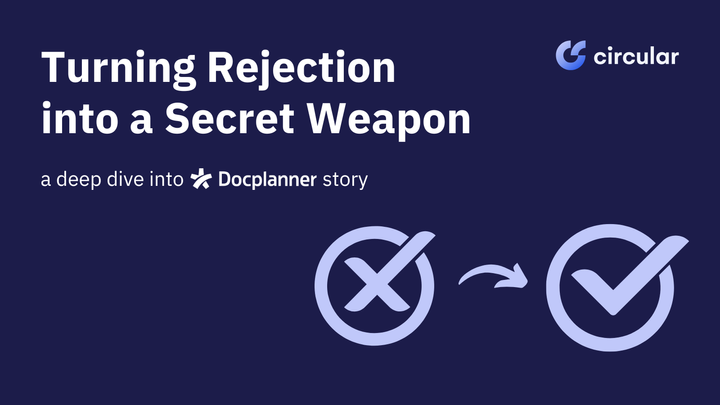Benefits are a key element for compensation. The topic is becoming increasingly complex due to the rise of remote work and distributed teams in the market.
So how can we manage this?
Circular was founded two years ago. We are now consolidating the team and the time has come to work around benefits. One of our objectives during Q4 this year is to put together a benefits package for the team. We have been thinking a lot about perks, so we decided to share the main reflections on how to set a benefits package efficiently
1. Give better visibility and promote current benefits.
Circular already has benefits that we don’t promote. Yes, some of them don’t even imply a cost! During the recruitment process with Circular, we were saying that we are a small company and don’t have any benefits. We since realised that we do have benefits but we weren’t aware of them and as a result, we weren’t communicating them to candidates.
For example; being a fully remote company, allowing dogs in the HQ office, having flexible schedules or buying books for the team are perfect examples of perks that companies are offering to team members.
2. Look inside, look around!
Take into account the current conditions of the team, how can we improve their well being? Circular is a remote-first company. When having 1:1s with the team, we identified that spending all day long working in the apartment was hard for them. Either they wanted to work out after work or go to a co-working space in their location so they can disconnect. When setting benefits, we should find out what people value, and consider the company environment in order to customise the benefits package to it. What works for Circular may not work for another startup in the same stage or the same industry if they have varying culture and conditions.
3. Think ahead and keep it simple.
Where are you willing to recruit and what kind of dynamics are you going to have around remote? Which markets are you going to open? One of the questions we have asked is how to build a benefit scheme that is sufficiently tailored so employees can appreciate it but at the same time is easy to manage and scale.
4. Listen to what’s important to your team and mix it with one or two essential local/market based benefits.
Additionally, keeping in mind which countries you will be present in and where your team will be able to be based will help you to choose the right tools and benefit-providers. Remember, an employee benefit package should reflect your company culture and values. Listen to what your team value and take time to learn about their work environment. Getting feedback from the team during the planning stage can help to gain valuable insights about this and ensure that you are creating a benefits package that is relevant to team members no matter where they are based.




